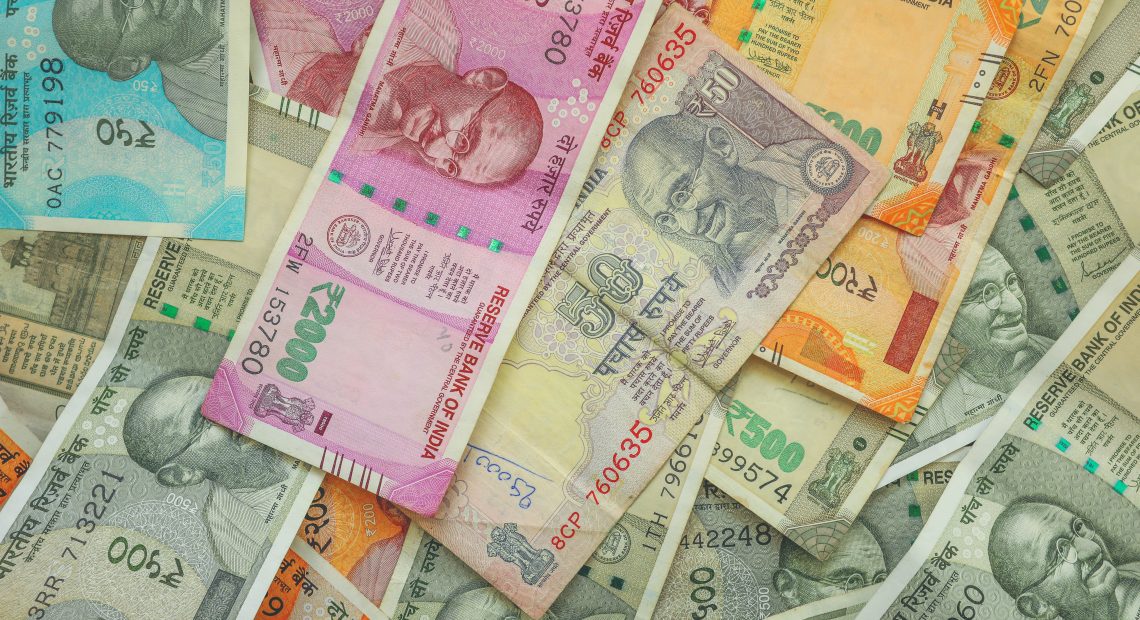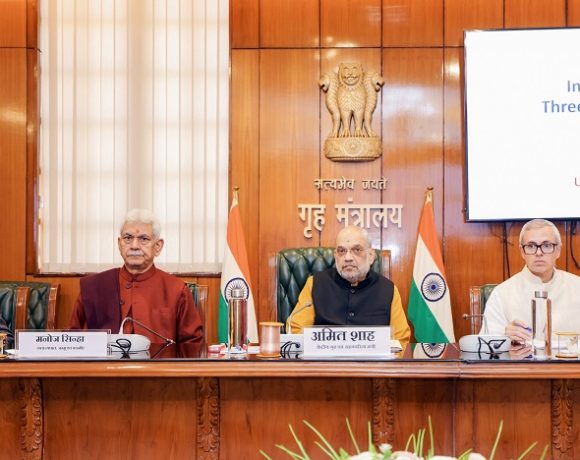
Rupee Nears ₹87 Amid Oil Surge, Global Unrest
The Indian rupee is once again under strain, flirting with the ₹87 per dollar mark amid a turbulent mix of global geopolitical tensions and sharply rising crude oil prices. Market analysts are cautioning that the domestic currency may soon breach this level unless stabilizing factors emerge quickly.
Rupee Volatility Driven by Global Demand
The demand for the US dollar as a safe-haven asset has intensified following escalations in West Asia. As a result, the rupee opened weaker at ₹86.745 on June 23 and continued to hover close to key resistance levels. Analysts indicate that a range between ₹86 and ₹87.50 could dominate the short-term outlook.
“The Rupee is projected to depreciate, driven by an increased demand for the safe‑haven US Dollar,” one currency strategist noted. The widening gap in yields between the U.S. and India has also made holding dollars more attractive, adding further downward pressure on the rupee.
Crude Price Surge Amplifies Pressure
Brent crude prices have risen steadily from around $74 to nearly $79 per barrel in recent weeks. This spike has serious implications for India, which depends on imports to meet over 80% of its oil needs. Analysts estimate that a $10 increase in crude could widen India’s current account deficit by 30–40 basis points of GDP.
With the Strait of Hormuz—a vital oil transit route—becoming a geopolitical flashpoint, energy market volatility is expected to persist. For India, this translates directly into higher import bills and more stress on the rupee.
RBI May Intervene
In the face of potential further depreciation, market participants expect the Reserve Bank of India to step in, possibly through dollar sales or other foreign exchange interventions. The central bank has historically been active when the rupee crosses key psychological thresholds, and the ₹87 mark is widely seen as one such trigger point.
Technical charts show the rupee in an overbought zone, suggesting a potential pullback before a renewed decline toward ₹88 if external pressures remain high. However, anticipated foreign inflows from upcoming IPOs—such as HDB Financial’s $1.5 billion offering—may offer temporary relief.
Outlook Hinges on Multiple Factors
The next few weeks will be critical. Geopolitical developments, crude price trajectories, and macroeconomic data will collectively determine the rupee’s path. While short-term depreciation seems likely, sustained intervention and foreign capital inflows could keep the slide in check.
India’s currency, like its peers in other emerging markets, is navigating a period of significant global volatility. The challenge will be to weather the external storm without compromising domestic macroeconomic stability.


















